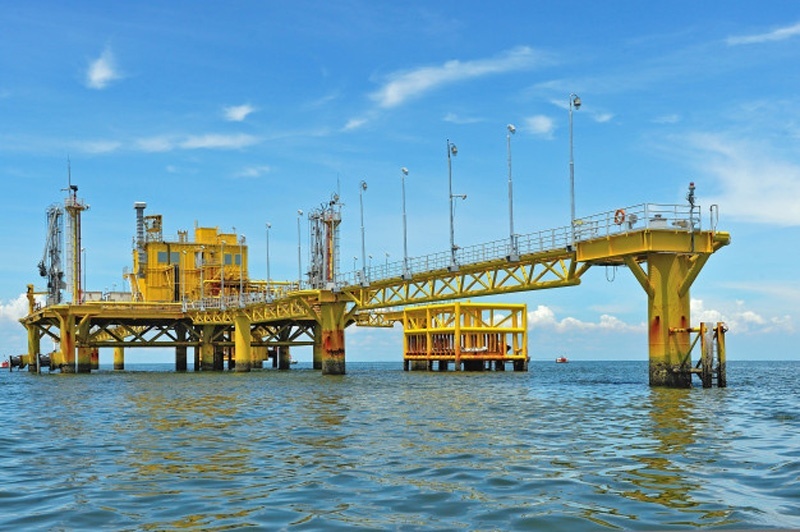Today we’re travelling to Canada, an economy often overshadowed by its neighbouring United States, but that still has much to offer, especially as far as oil and gas extraction is concerned. This country covers a vast territory, only second in the world to Russia, separated into 10 different provinces that all have some kind of extraction activity with oil, with gas, or with both raw materials.
Although the most intensive operations are on dry land, the future of this activity in the country has its sights set on its waters to the East. Here we find the provinces bathed in the Atlantic, such as Terranova and Labrador and Nova Scotia. This review of Canadian geography is important to understand that this eastern area concentrates offshore oil & gas extraction in Canada, a promising segment for energy investors and companies.
Terranova and Labrador
Once one of the weakest economies in Canada, Terranova and Labrador is now a wealthy territory, with 4 offshore oil projects that produce around 250,000 barrels per day. The first remote deep-water project, the Bay du Nord, was discovered in 2013 and has almost 300 million barrels in reserves.
Nova Scotia
The first offshore finding in this area was in 1971. To date, 127 wells have been drilled along Nova Scotia’s coast, with 23 significant findings. Currently, there is a natural gas production project: Sable Offshore Energy Project.
The province’s offshore potential is estimated it over 8 billion barrels of oil and 120 trillion cubic feet of natural gas. In total, the industry has invested 8.5 billion dollars over the past 20 years.
The future of Canadian natural gas
With transport decarbonisation underway, the role of LNG is increasingly relevant in the planet’s energetic future. Canada is the fifth producer of natural gas in the world, with reserves estimated at 1.225 trillion cubic feet (Tcf), enough to supply its local market for at least 300 years.
The traditional exportation market was the United States, but with the neighbouring country’s development of its domestic industry, the challenge facing Canadian gas in reaching new markets has brought about exportation of liquid natural gas (LNG) to the Asian market. By 2040, global demand for natural gas is expected to increase by 45%. India and China will need an extra 51 billion cubic feet per day (Bcf/d), a huge business opportunity.
Offshore oil & gas solutions
All these figures will be most certainly shared during the current edition of Canada Gas & LNG, an essential meeting in the offshore sector. Oil and gas reserves are a huge national treasure, but they cannot be extracted on their own. They require offshore platforms, immense engineering solutions in the middle of the ocean where nothing can go wrong. They also require basic equipment, such as fenders, cranes and telescopic gangways, so that oil and methane tankers can berth and collect the fuel with top efficiency.




Comments are closed.